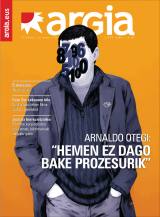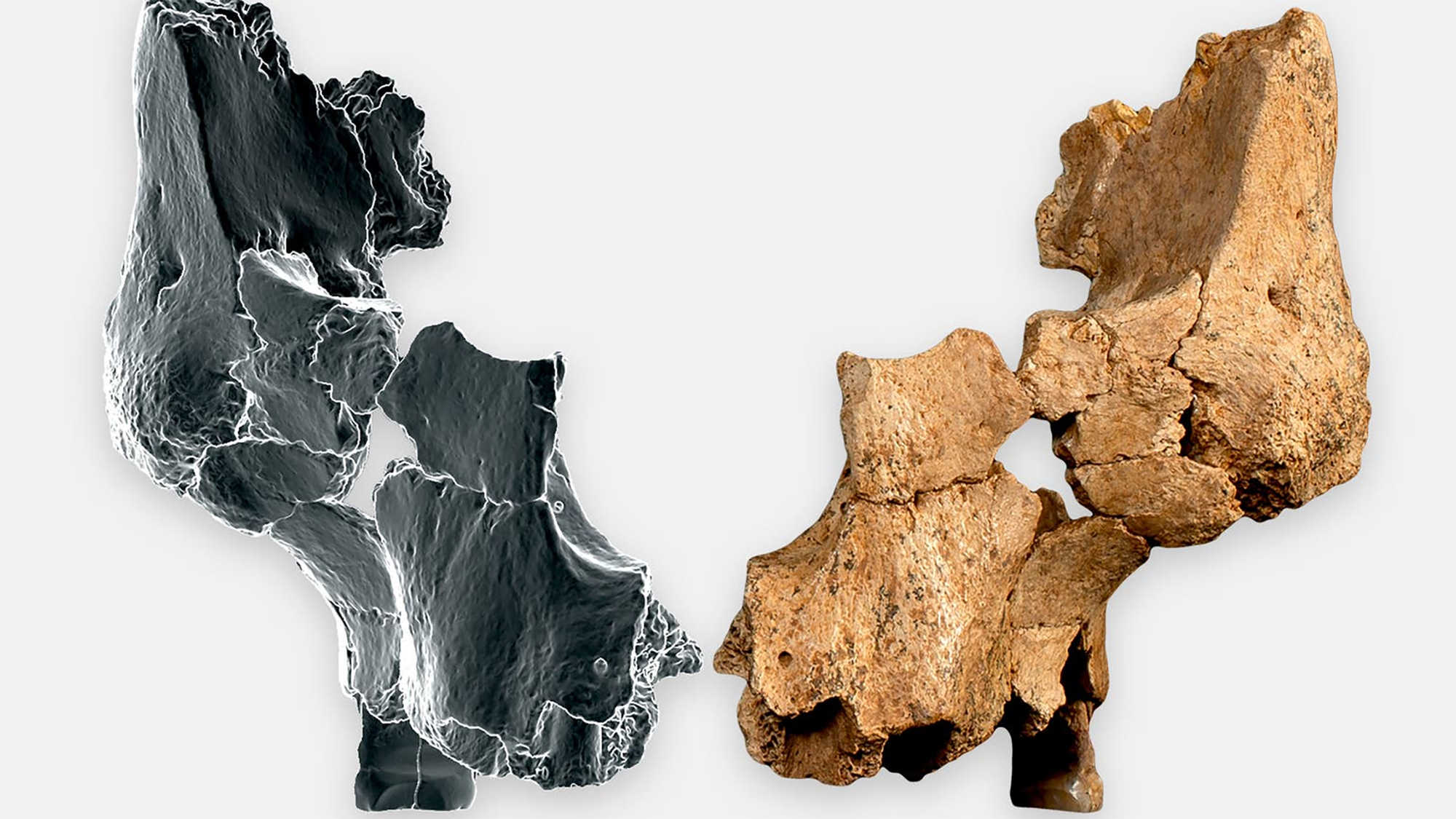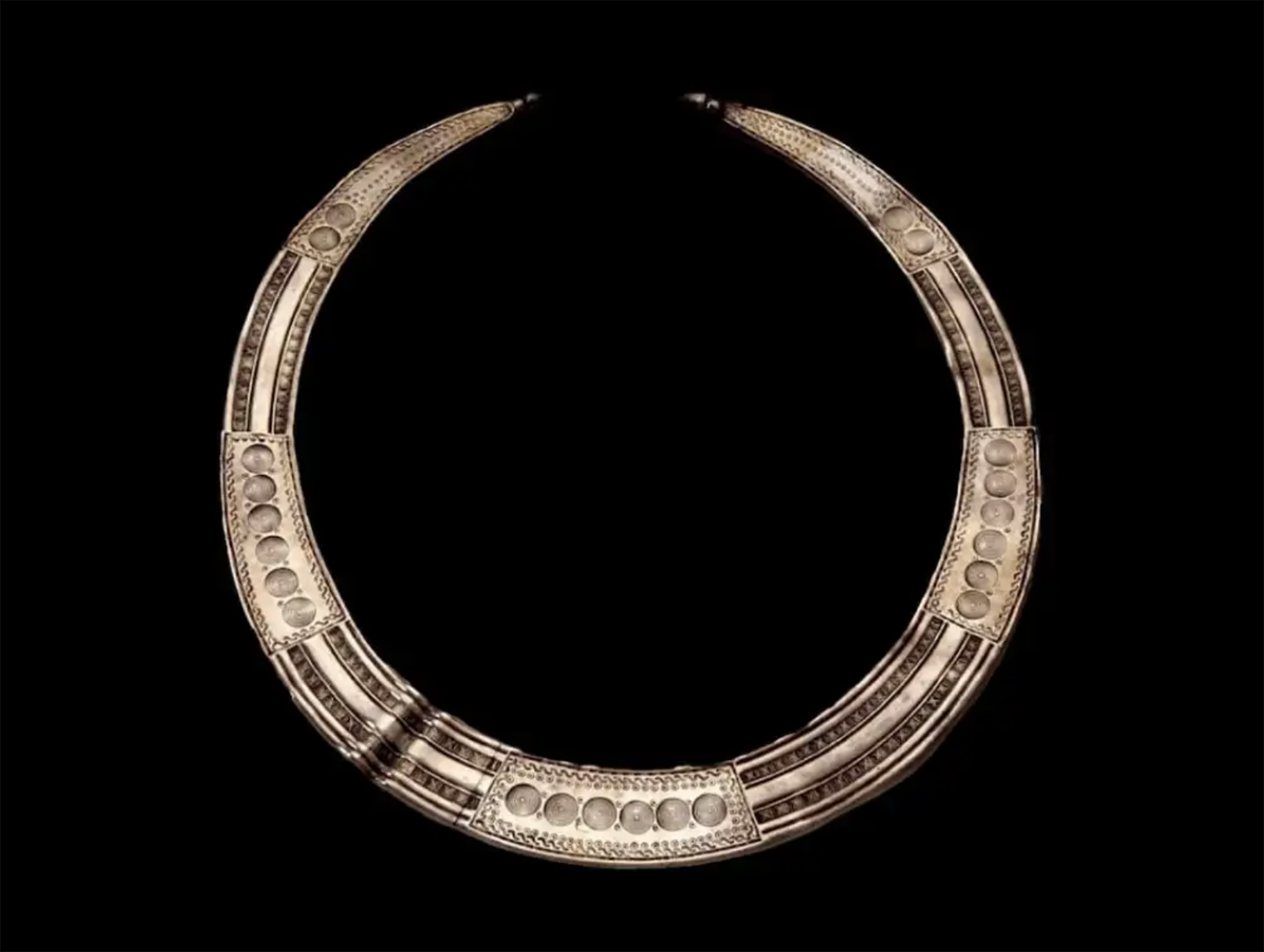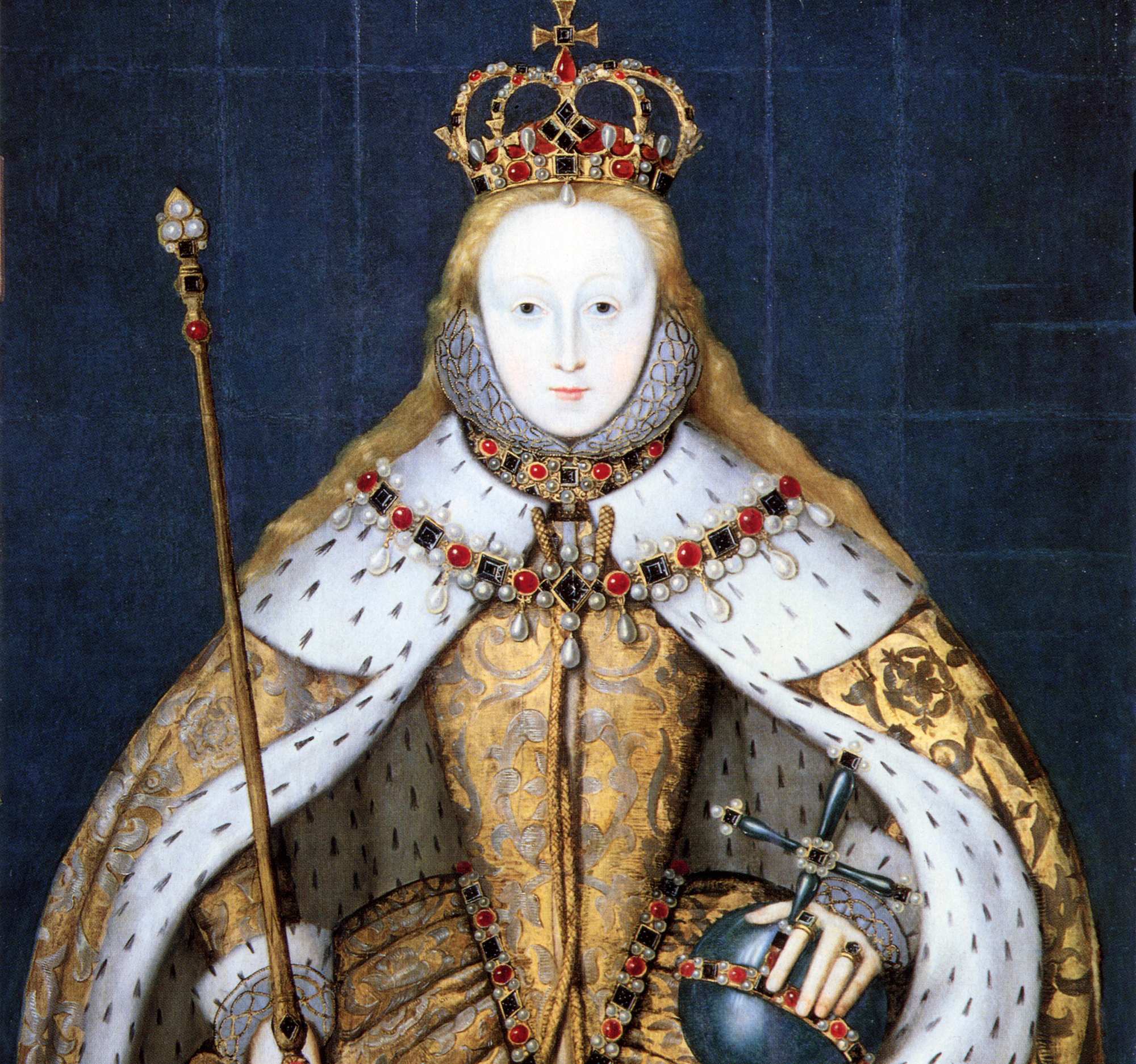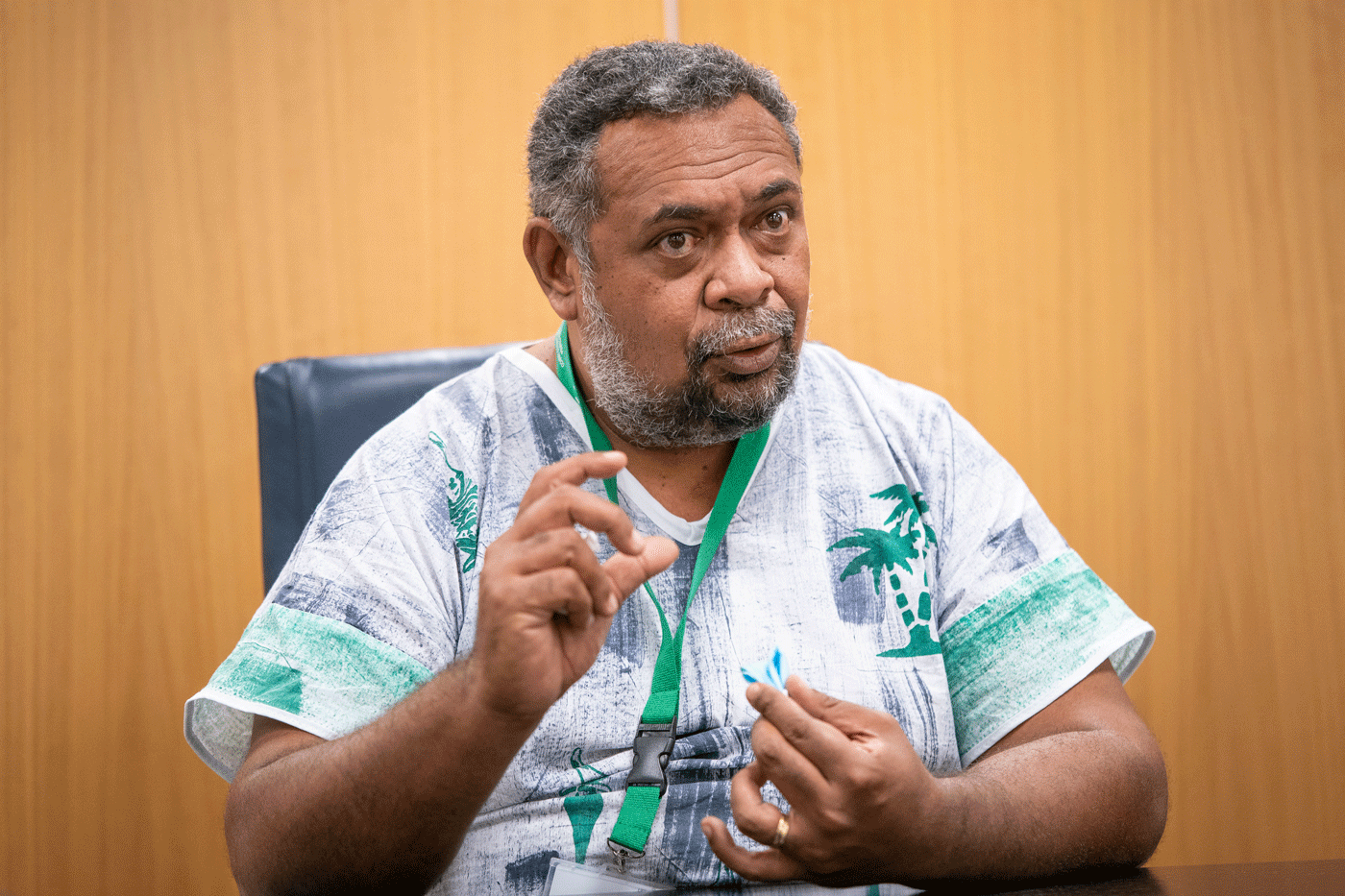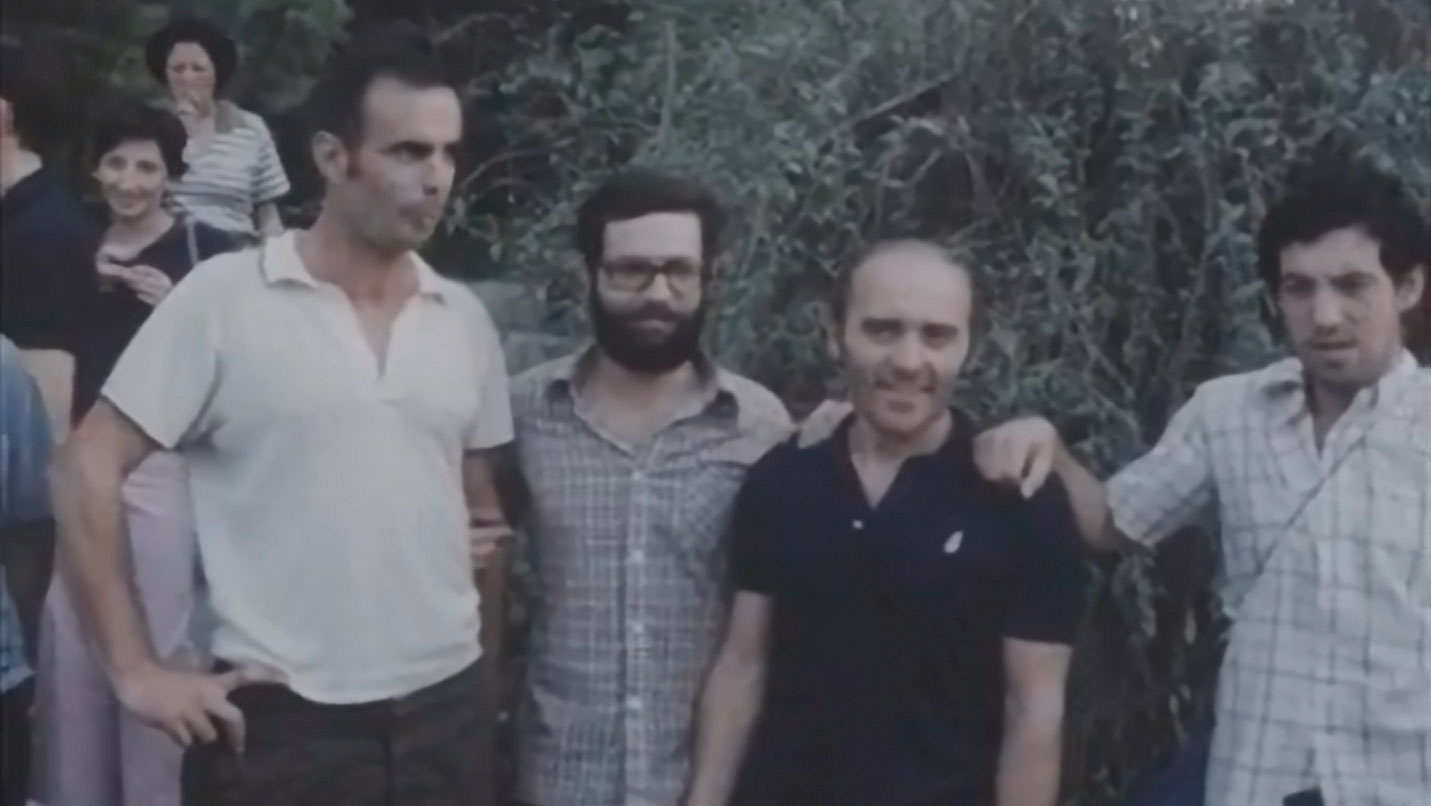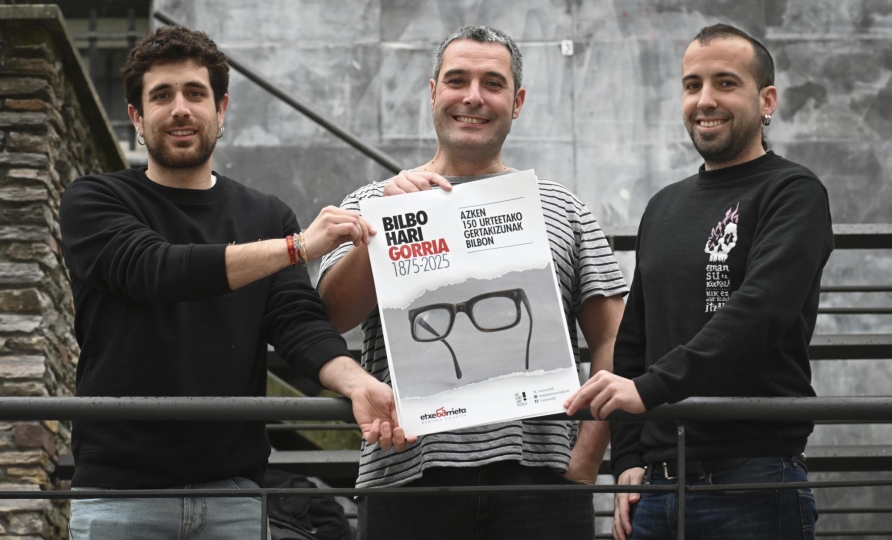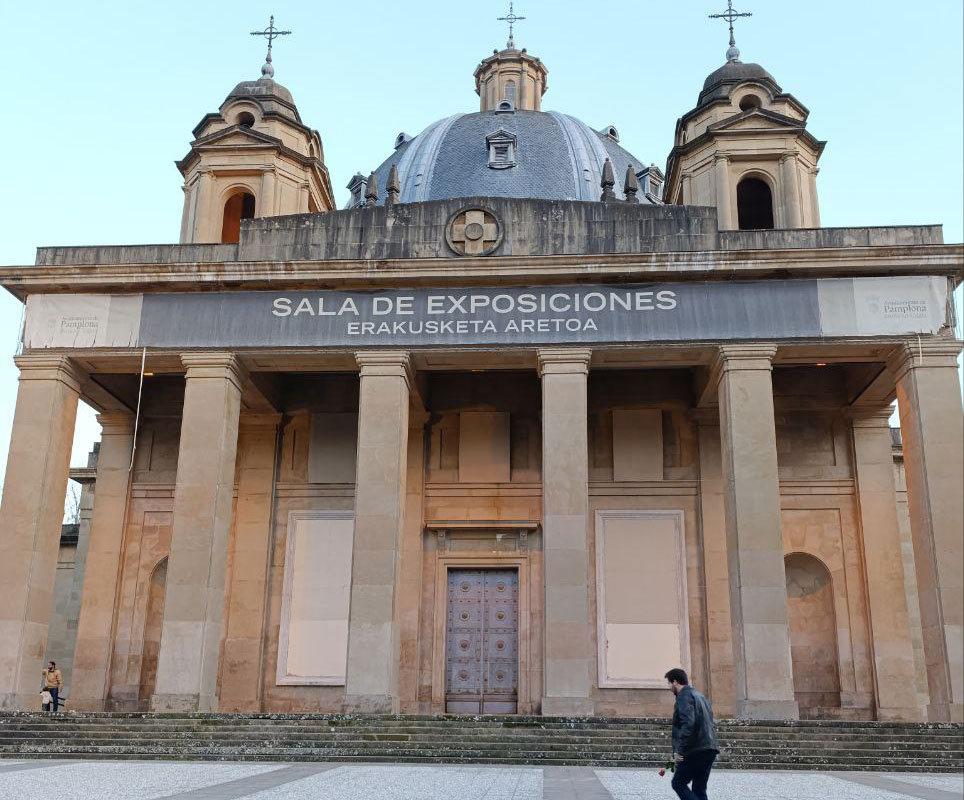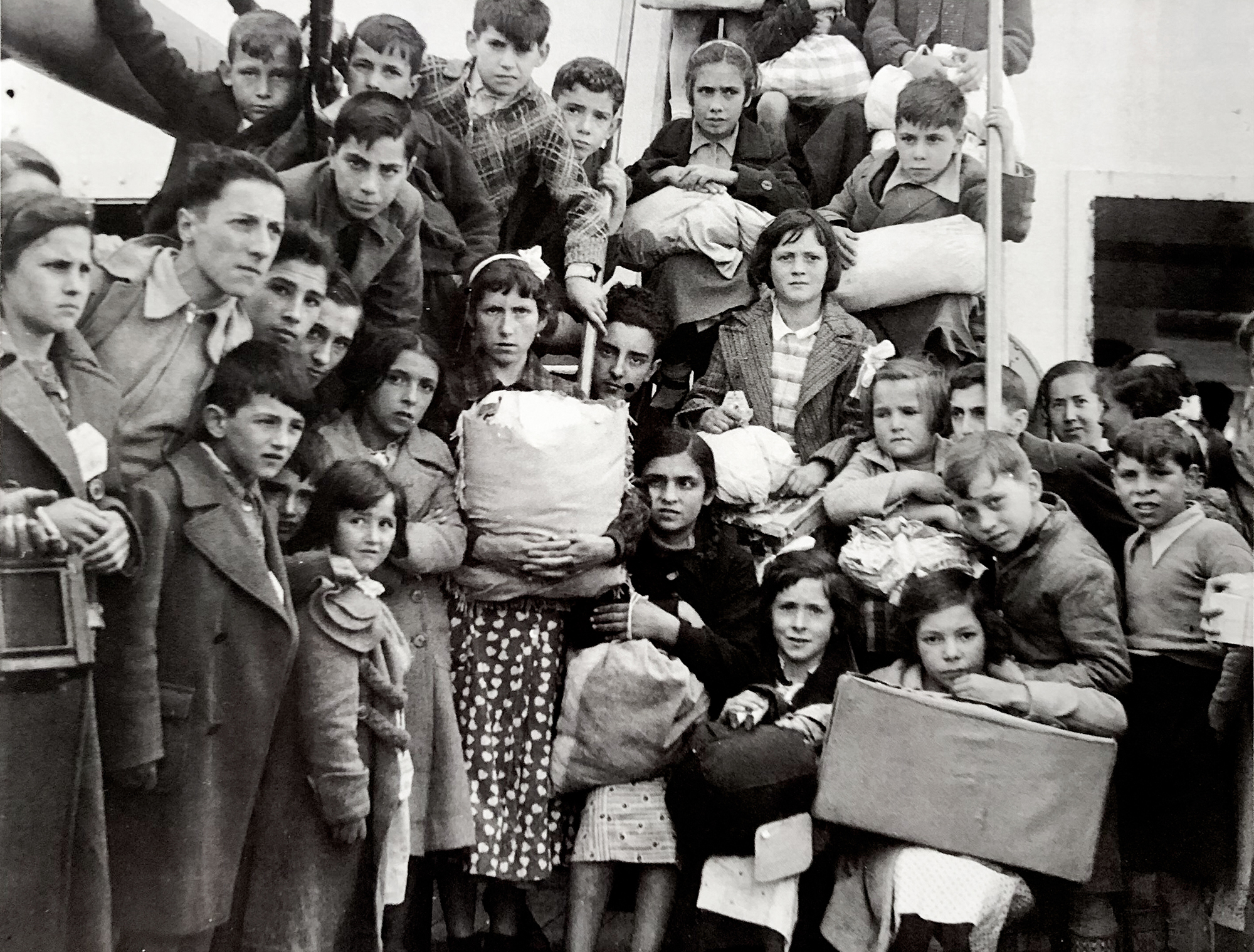Cleaning route for Bolivians and Spaniards
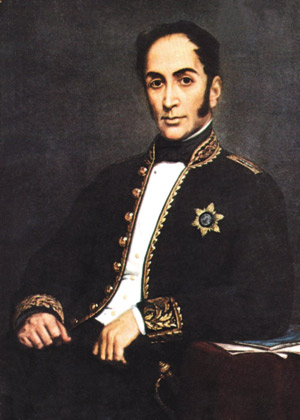
Born May 14, 1813 After the decline of the First Republic of Venezuela, Simón Bolívar launched the so-called Admirable Campaign, whose objective was to free Venezuela from the Spanish crown. When the Bolivar Army entered Caracas on 6 August, citizens welcomed the winner with admiration, applause and flowers. But if that campaign had been baptized by the Spaniards, they would surely have preferred other adjectives: bloody, pitiful...
Prior to the military campaign, in January 1813, the Venezuelan leader, Antonio Nicolás Briceño, along with other favorable officers, designed a direct and crude plan to liberate Venezuela: Cartagena Convention. Certain passages of the document are:
“Second: Since the main objective of this war is the destruction of the damn race of European Spaniards from Venezuela, including the islanders of the Canary Islands, all Spaniards are prohibited from participating in this expedition, even if they appear to be good patriots, because none of them can survive and no exception will be allowed (...)”.
“Third: The possessions of the European Spaniards in the liberated territories are divided into four parts: one among the officers who have participated in the expedition, divided by grade; the second part corresponds to the soldiers and the other two to the state. In case of doubt, the officers present shall decide the matter by a majority (...)”.
“Ninth: in order to be entitled to remuneration or promotion of the degree, it is sufficient to present a certain number of heads of Spaniards or deceased Canaries. The soldier who presents twenty will be appointed as a functioning bench, the lotinant grade is worth 30 bosses, the captain grade 50...”.
The cry was converted into a decree by Simon Bolivar on June 15, 1813, one month after the beginning of the campaign. And he made her run right away. On the road to the campaign “all Europeans and Canaries were shot almost without exception,” said the Spanish historian Justo Cuño, an expert in American independence processes. In February 1814, despite the fact that several months had passed since the capitulation of the Spaniards, Juan Bautista Arismendi sent 886 Spanish prisoners from Caracas to Bolivar on order. A few days later, more than 500 Spanish patients were admitted to the hospital La Guaira.
Aware of the cruelty of the cleaning decree of the Spaniards, Bolivar himself used as justification the past barbarities of the Spaniards: The crimes committed by the Army of Domingo Monteverde in the defeat of the first republic of Venezuela, the violent resistance to independence of Quito in 1810... The decree was in force until November 26, 1820, when Bolivar and Spanish Pablo Morillo negotiated the regulation of war and the limitation of abuses by both parties.
Atapuercako aztarnategian hominido zahar baten aurpegi-hezur zatiak aurkitu dituzte. Homo affinis erectus bezala sailkatu dute giza-espezieen artean, eta gure arbasoek Afrikatik kanpora egindako lehen migrazioei buruzko teoriak irauli ditzake, adituen arabera.
Chão de Lamas-eko zilarrezko objektu sorta 1913an topatu zuten Coimbran (Portugal). Objektu horien artean zeltiar jatorriko zilarrezko bi ilargi zeuden. Bi ilargiak apaingarri hutsak zirela uste izan dute orain arte. Baina, berriki, adituek ilargietan egin zituzten motibo... [+]
Hertfordshire (Ingalaterra), 1543. Henrike VIII.a erregearen eta Ana Bolenaren alaba Elisabet hil omen zen Hatfield jauregian, 10 urte besterik ez zituela, sukarrak jota hainbat aste eman ondoren. Kat Ashley eta Thomas Parry zaintzaileek, izututa, irtenbide bitxia topatu omen... [+]
Kanakyko Gobernuko kide gisa edo Parisekilako elkarrizketa-mahaiko kide gisa hitz egin zezakeen, baina argi utzi digu FLNKS Askatasun Nazionalerako Fronte Sozialista Kanakaren kanpo harremanen idazkari gisa mintzatuko zitzaigula. Hitz bakoitzak duelako bere pisua eta ondorena,... [+]
Urte bat beteko da laster Pazifikoko Kanaky herriko matxinada eta estatu-errepresiotik. Maiatzaren 14an gogortu zen giroa, kanaken bizian –baita deskolonizazio prozesuan ere– eraginen lukeen lege proiektu bat bozkatu zutelako Paristik. Hamar hilabete pasa direla,... [+]
Hiru bideo dira (albiste barruan ikusgai). Batak jasotzen du, grebak antolatzea leporatuta, Carabanchelen espetxeratu zituzten Jesús Fernandez Naves, Imanol Olabarria eta Juanjo San Sebastián langileak espetxetik atera ziren unea, 1976ko abuztuan. Beste biak Martxoak... [+]
Otsailean bost urte bete dira Iruña-Veleiako epaiketatik, baina oraindik hainbat pasarte ezezagunak dira.
11 urteko gurutze-bidea. Arabako Foru Aldundiak (AFA) kereila jarri zuenetik epaiketa burutzera 11 urte luze pasa ziren. Luzatzen den justizia ez dela justizia, dio... [+]
Bilbo Hari Gorria dinamikarekin ekarriko ditu gurera azken 150 urteetako Bilboko efemerideak Etxebarrieta Memoria Elkarteak. Iker Egiraun kideak xehetasunak eskaini dizkigu.
33/2013 Foru Legeari Xedapen gehigarri bat gehitu zaio datozen aldaketak gauzatu ahal izateko, eta horren bidez ahalbidetzen da “erregimen frankistaren garaipenaren gorespenezkoak gertatzen diren zati sinbolikoak erretiratzea eta kupularen barnealdeko margolanak... [+]
79. urtean, Vesubio sumendiaren erupzioak errautsez eta arrokaz estali zituen Ponpeia eta Herkulano hiriak eta hango biztanleak. Aurkikuntza arkeologiko ugari egin dira hondakinetan; tartean, 2018an, gorpuzki batzuk aztertu zituzten berriro, eta ikusi zuten gizon baten garuna... [+]
Luxorren, Erregeen Haranetik gertu, hilobi garrantzitsu baten sarrera eta pasabide nagusia aurkitu zituzten 2022an. Orain, alabastrozko objektu batean Tutmosis II.aren kartutxoa topatu dute (irudian). Horrek esan nahi du hilobi hori XVIII. dinastiako faraoiarena... [+]
AEB, 1900eko azaroaren 6a. William McKinley (1843-1901) bigarrenez aukeratu zuten AEBetako presidente. Berriki, Donald Trump ere bigarrenez presidente aukeratu ondoren, McKinleyrekiko miresmen garbia agertu du.
Horregatik, AEBetako mendirik altuenari ofizialki berriro... [+]
Andeetako Altiplanoan, qocha deituriko aintzirak sortzen hasi dira inken antzinako teknikak erabilita, aldaketa klimatikoari eta sikateei aurre egiteko. Ura “erein eta uztatzea” esaten diote: ura lurrean infiltratzen da eta horrek bizia ekartzen dio inguruari. Peruko... [+]
1936ko Gerran milaka haurrek Euskal Herria utzi behar izan zuten faxisten bonbetatik ihes egiteko. Frantzia, Katalunia, Belgika, Erresuma Batua, Sobietar Batasuna eta Amerikako herrialdeetara joandako horien historia jasotzeko zeregin erraldoiari ekin dio Intxorta 1937... [+]









